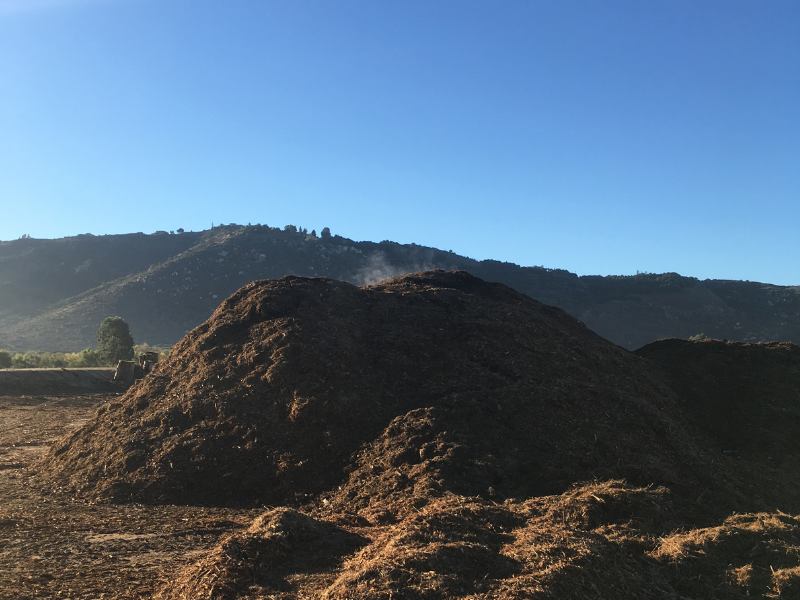Composting Key to Regenerative Agriculture

There’s a lot of buzz about regenerative agriculture, particularly its ability to capture carbon in soil and in aboveground biomass, as well as its many benefits for farmers, consumers, and local environments. According to regenerative agriculture, the answer lies beneath our feet.
Soil loss is a global problem and growing worse around the world, at an alarming rate. Its cause is multi-fold, but unsustainable land-use practices, such as intensive industrial farming techniques and over-grazing, are known to cause erosion.
According to the U.N., “over 40% of the world’s land is degraded, including 30 percent of its cropland and 10 per cent of its pastureland. If we continue to misuse our land, we could degrade a surface area as vast as the size of South America by 2050.”
“Half of the topsoil on the planet has been lost in the last 150 years,” according to the World Wildlife Fund. “The effects of soil erosion go beyond the loss of fertile land. It has led to increased pollution and sedimentation in streams and rivers, clogging these waterways and causing declines in fish and other species. And degraded lands are also often less able to hold onto water, which can worsen flooding.”
A paradigm shift is needed. Regenerative agriculture offers practices that rebuild soil’s organic matter and restore its biodiversity – resulting in both carbon sequestration and improved water cycling and retention.
Regenerative Agriculture Practices Include:
- Composting
- No-till/minimum tillage and mulching
- Cover cropping and crop rotation
- Perennial plants and diverse crops
- Well-managed grazing
While scientists warn that carbon-sucking “plantations” alone can’t reverse climate change—the world must also reduce its dependence on coal and fossil fuels to successfully reduce C02 emissions—implementation of regenerative agricultural practices is essential to help achieve that goal.
Composting on a Larger Scale
Compost adds organic matter to soil. The key to soil fertility lies in the organic or humus content of soils. Compost is loaded with organic matter and beneficial soil organisms that improve the health and structure of soil, store water, and sequester C02 from the atmosphere.
While the fundamentals of composting remain the same, different management practices are needed as volumes increase. Mid-scale composting offers many benefits and efficiencies that are worth the investment.
According to the San Diego County Farm Bureau and the University of California Cooperative Extension, among the County’s residents are farmers making their living on more than 5,000 farms, 69% of which are between one and nine acres. San Diego County is home to more small farms than any other county in the U.S. and an ever growing number of community gardens, both of which often produce more organic waste than typical residences.
Mid-scale composting offers local solutions for San Diego County’s farms, schools, businesses, and community gardens by keeping organics out of the landfill. In landfills, organic material breaks down anaerobically and creates methane. Methane is a greenhouse gas that warms the earth by absorbing energy and slowing the rate at which the energy escapes to space. Composting organic waste complies with state organic laws such as Senate Bill 1383 and provides cost savings on waste hauling.
